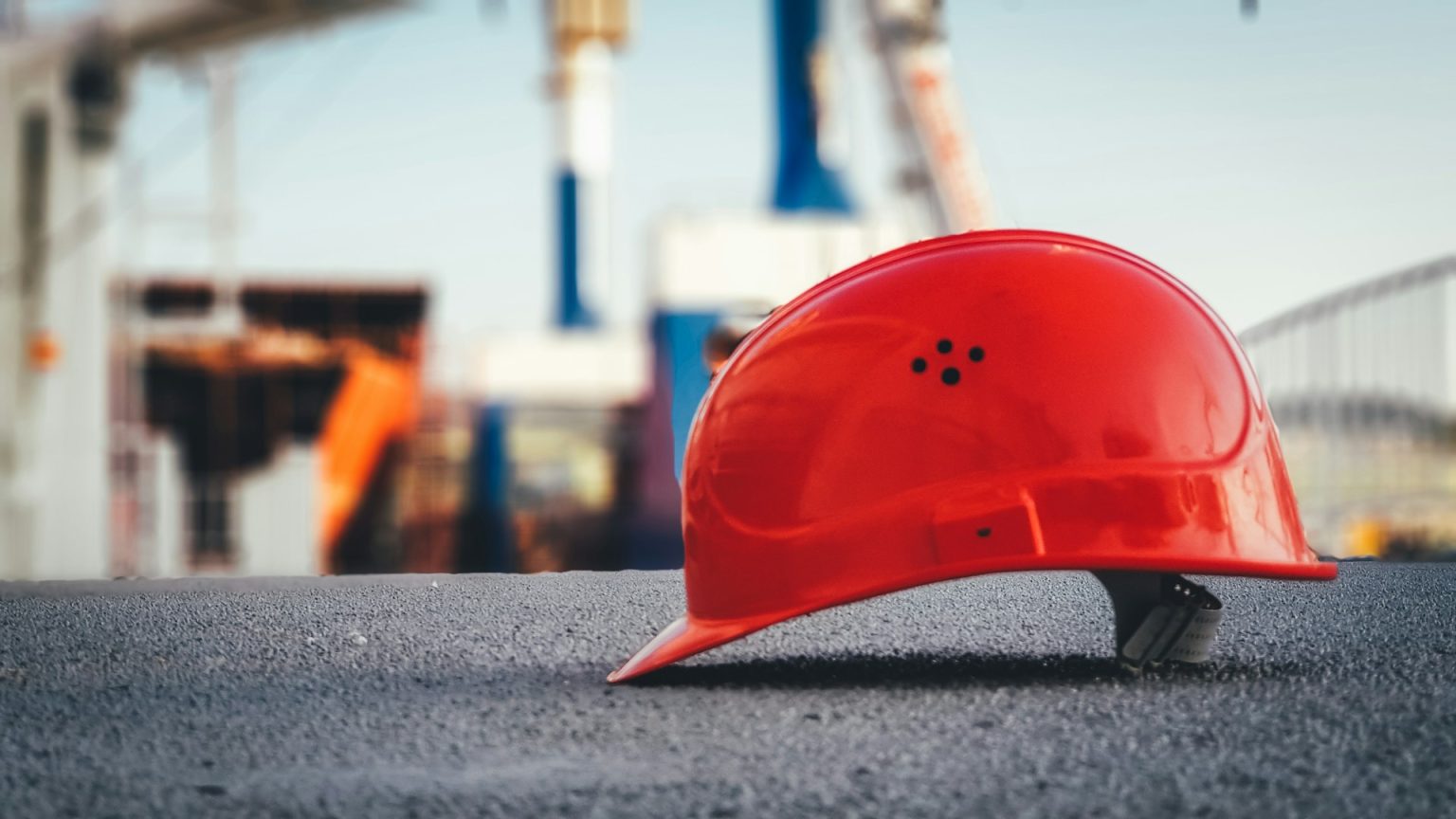Utility installation is essential to infrastructure development, from water and gas pipelines to electrical and communication networks. However, traditional digging and laying pipes or cables can be disruptive, expensive, and time-consuming. This is where directional drilling has emerged as a game changer. As an innovative and efficient technology, directional drilling is revolutionising how utilities are installed, providing a faster, more environmentally friendly, cost-effective solution.
What is Directional Drilling?
Directional drilling, also known as horizontal directional drilling (HDD), is a method for installing underground utilities without the need for open trenches. Unlike traditional vertical drilling, directional drilling allows contractors to drill at various angles and directions, enabling them to navigate obstacles, avoid surface disruption, and work in challenging environments.
A pilot hole is first drilled along a predetermined path in directional drilling. Once the pilot hole is established, a reamer is used to enlarge the hole to the required size, allowing utilities such as pipes, cables, or conduits to be pulled through the hole. This method is typically used for installing utilities beneath roads, rivers, railways, and other areas where digging trenches would be impractical or disruptive.
- Minimising Surface Disruption
One of the most significant advantages of directional drilling is the minimal surface disruption it causes. Traditional trenching methods often involve excavating large land areas, which can disrupt roads, footpaths, landscapes, and the environment. The process can cause traffic delays, inconvenience residents, and damage surrounding property.
Directional drilling, on the other hand, requires only small entry and exit points at either end of the drilling path, drastically reducing surface disruption. This is especially valuable in urban areas or regions with high traffic volumes, where maintaining minimal disruption is crucial. By avoiding the need for extensive surface excavation, directional drilling helps keep public spaces intact and reduces the environmental impact of the installation process.
- Speed and Efficiency
The traditional method of trenching is not only disruptive but also time-consuming. Excavating large trenches, laying pipes, and then refilling the trenches can take days, weeks, or even months, depending on the project size. With directional drilling, utility installation is completed in a fraction of the time.
Directional drilling can expedite the installation process by drilling at a specific angle and avoiding the need for lengthy surface excavation. Projects that would normally take weeks to complete using traditional methods can be finished in just a few days with HDD. This increased speed reduces project timelines and cuts down on labour costs, making it a more efficient solution for utility installation.
- Cost-Effective Solution
While the upfront cost of directional drilling equipment may be higher than traditional trenching, the overall cost savings can be significant. The reduced labour costs, shorter project timelines, and fewer disruptions to the surrounding environment all contribute to a more cost-effective solution in the long run.
In addition to saving on direct costs, directional drilling also reduces the need for costly repairs or remediation work that would typically be required after trenching projects. With minimal surface disruption, there’s less risk of damage to existing infrastructure, landscaping, or private property, ultimately saving money on post-installation repairs.
- Enhanced Safety
Safety is always a top priority when it comes to utility installation. Traditional trenching often involves significant risks, such as cave-ins, accidental damage to underground utilities, and worker hazards. Directional drilling, however, offers a safer alternative. Since the drilling occurs underground and involves fewer people working at the surface, the overall risk to workers is greatly reduced.
Furthermore, HDD eliminates the need for extensive excavation, reducing the risk of accidents related to open trenches or large excavation equipment. This enhanced safety makes directional drilling an attractive option for many utility companies looking to ensure a safer work environment for their employees.
- Greater Flexibility in Challenging Environments
Directional drilling offers remarkable flexibility, allowing it to be used in various environments, including difficult or challenging terrain. Whether it’s drilling under rivers, highways, railway lines, or urban areas, HDD provides the ability to bypass obstacles with ease. This versatility is especially beneficial in areas where traditional digging methods would be cumbersome or impractical.
In addition, directional drilling is ideal for working in sensitive environments where minimising surface damage is crucial. Whether it’s protecting ecosystems, reducing the impact on historic sites, or working in areas with limited access, directional drilling can be adapted to meet the unique requirements of each project.
- Future-Proofing Infrastructure
As cities and communities grow, there’s an increasing demand for utility infrastructure to support future needs, including installing high-speed fibre-optic cables, renewable energy grids, and electric vehicle charging networks. Directional drilling is a vital technology for future-proofing infrastructure, enabling utility companies to install the necessary pipelines and cables with minimal disruption to communities.
By using directional drilling, utility providers can more easily adapt to changing demands and future technological advancements. Whether it’s installing new systems or expanding existing ones, HDD provides the flexibility to future-proof essential infrastructure.
- Environmentally Friendly
As environmental sustainability becomes a growing concern, the ability to reduce the ecological impact of construction projects is more important than ever. Directional drilling is a more environmentally friendly alternative to traditional trenching because it requires less surface disturbance and reduces the need for large-scale excavation. This helps preserve natural landscapes and prevents soil erosion, water contamination, and damage to wildlife habitats.
Directional drilling contributes to a cleaner, greener approach to utility installation by minimising the amount of land disturbed during installation.


